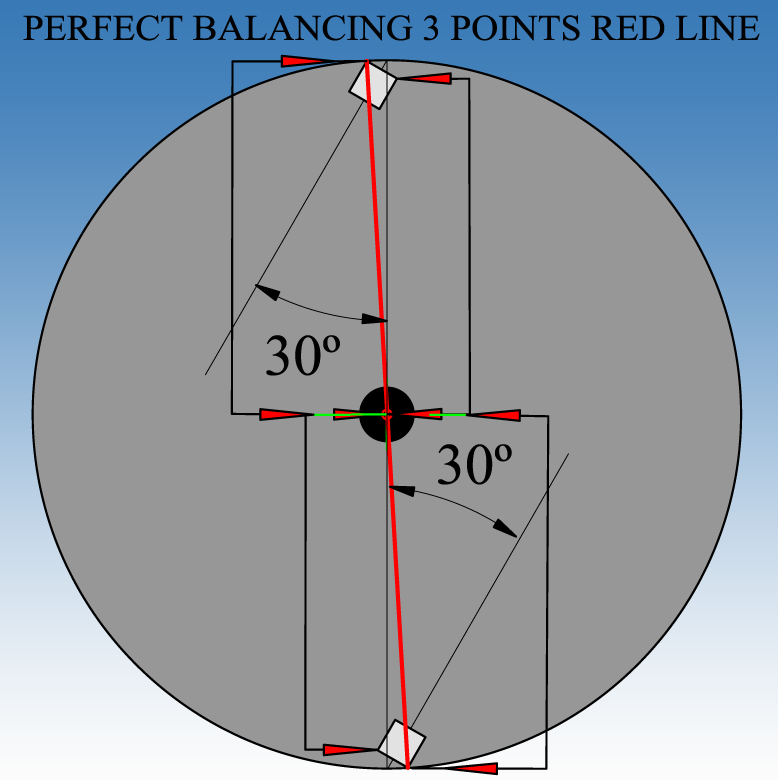Originally posted by tachyoncatcher
View Post
at other magnet motors before, not me.
 I am a green horn.
I am a green horn.I will have to digest these comments and let me say this after some
testing. You must be right because the ramps work on either side the
same way and if polatity is all that we have coming into play this
makes no sense at tall. Example. When I switch to repulsion using
the back of the stator magnet I get huge cogging. The smooth transition
I got on the attraction side is not there. However if I do the same thing
on both sides it works great. So my conclusion is that you are right
about polarity not being the source for the power stroke.
I don't know what to say. I need to time now. My ramps are misshapen
at present and need to order square magnets as well. Maybe roller
skate bearings and pull out my plastic sheeting. Brass bolts are cheap and
my milling cutter will be getting dusted off
 My lathe is not connected
My lathe is not connectedup to 240vac but maybe I will spin up this small rotor on the big drill press
no problem.
 Very interesting.
Very interesting.Yes agreed Randy and thanks for

 your opinion right
your opinion right when I am thinking on that subject and testing.
Induction WITH the forks is MAGIC. All other shapes are trash can objects.
Now that I have experienced the MAGIC and have felt it's effects I
will never be the same. Thanks Mack.
NOTE: I contacted K7J Magnetics for their technical bulletins.

 (PUN)
(PUN)






 I am dumb struck.
I am dumb struck.
Comment